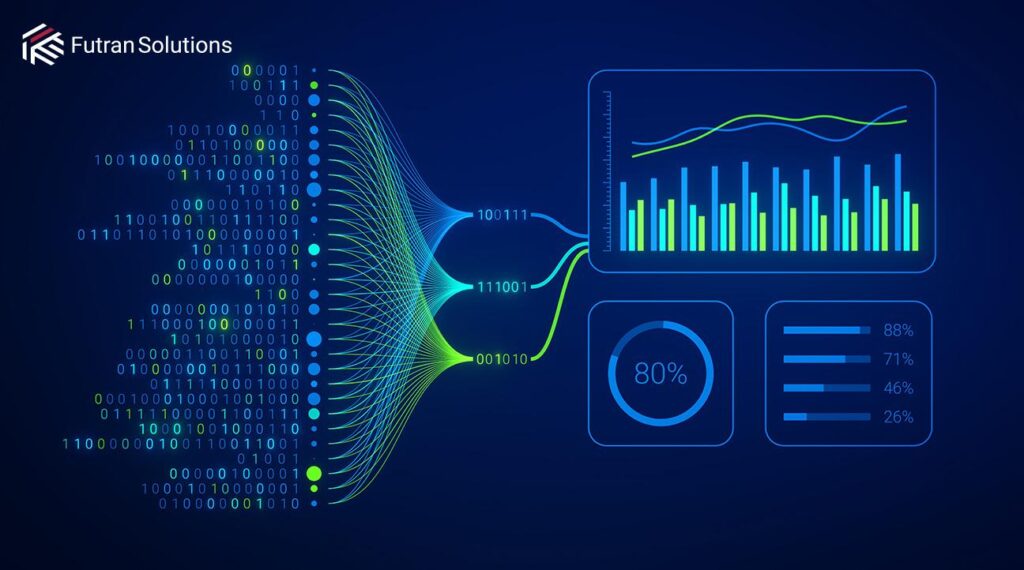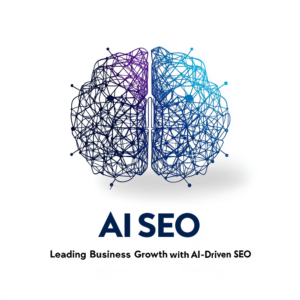Harnessing AI Insights for Seasonal SEO Ranking Trends: A New Era in Digital Strategy
In the ever-evolving landscape of digital marketing, staying ahead of the curve is imperative for businesses looking to enhance their online presence. One of the most effective strategies to achieve this is by understanding and leveraging seasonal SEO ranking trends. As search engines become increasingly elegant, the integration of artificial intelligence (AI) has emerged as a game-changer, providing marketers with the tools to analyse vast amounts of data and extract actionable insights.In this article, we will delve into how AI can definitely help businesses navigate the cyclical nature of consumer behavior, optimize their SEO strategies according to seasonal patterns, and ultimately drive more relevant traffic to their websites. Join us as we explore the intersection of AI and SEO, equipping you with the knowledge to capitalize on seasonal trends and elevate your digital marketing efforts.
Table of Contents
- Understanding Seasonal SEO Trends Through AI Analytics
- Identifying Key Performance Indicators for Seasonal Success
- Implementing AI-Driven Strategies for Seasonal Content optimization
- Measuring the Impact of AI Insights on Seasonal SEO Performance
- To Conclude
Understanding Seasonal SEO Trends Through AI Analytics
Understanding seasonal shifts in consumer behavior is pivotal for optimizing your SEO strategies. AI analytics tools enable businesses to pinpoint seasonal keywords and trending topics that resonate with audiences during specific times of the year. By leveraging machine learning algorithms, you can dissect vast datasets to uncover patterns in search volumes, helping to identify when particular keywords peak. Engaging in real-time analytics allows companies to adapt their content calendars proactively, ensuring that marketing campaigns align with consumer interests during seasonal events.
Moreover, harnessing AI analytics not only simplifies the keyword revelation process but also aids in the analysis of competitors’ performance during these peak times. This can involve monitoring changes in SERP rankings and understanding the nuances of user engagement metrics as seasons change. Consider utilizing a dashboard to track these variables, featuring key performance indicators such as:
| Metric | Pre-Season | During Season | Post-season |
|---|---|---|---|
| Search Volume | Low | High | Descending |
| Click-Through Rate | Moderate | Peak | Lower |
| Conversion Rate | Growing | Maximized | Declining |
This analytical approach not only helps in anticipating shifts but also in deploying appropriate on-page optimizations such as meta tags and internal linking strategies that cater to the evolving interests of your audience. By staying ahead of the curve, your business can enhance its visibility and drive increased traffic when it matters most, capitalizing on seasonal trends effectively.
Identifying Key Performance Indicators for Seasonal Success
As businesses strive to enhance their online presence, identifying the right metrics is essential for assessing seasonal performance.Focusing on metrics that align with seasonal trends will give you a clearer picture of what works and what needs adjustment. Essential key performance indicators (KPIs) to consider include:
- Organic Traffic Growth: measure the increase in visitors coming from search engines during specific seasons.
- Conversion Rate: track the percentage of visitors who complete a desired action, such as making a purchase or signing up for a newsletter.
- Bounce Rate: Analyze the percentage of visitors who leave your site after viewing only one page,indicating how engaging your content is.
- average Session Duration: Monitor how much time users spend on your site, reflecting the effectiveness of your content in retaining visitor attention.
Utilizing AI tools can considerably enhance your ability to track these KPIs. By automating data collection and analysis,you can focus on strategic decisions that will drive seasonal growth. Consider creating a simple dashboard to visualize key metrics over time, enabling speedy assessment and response to performance dips. Below is an example of a seasonal KPI dashboard that can help you stay on track:
| Month | Organic Traffic | Conversion Rate | Bounce Rate | Avg Session Duration |
|---|---|---|---|---|
| January | 10,000 | 2.5% | 50% | 3:30 |
| June | 15,000 | 3.2% | 45% | 4:00 |
| December | 20,000 | 4.0% | 40% | 5:00 |
Implementing AI-Driven Strategies for Seasonal Content Optimization
To stay ahead in the competitive digital landscape, businesses must leverage artificial intelligence to enhance their seasonal content strategies. By harnessing data-driven insights, companies can identify key patterns and trends, enabling them to tailor their content to meet the demands of their audience effectively. AI tools can analyze seasonal search behaviors,uncovering shifts in keyword popularity and user engagement. This allows marketers to focus on optimizing content that resonates during peak seasons, ensuring higher visibility and improved SEO performance. Implementing AI algorithms also aids in predicting future trends, which helps businesses craft timely content that attracts organic traffic when it matters most.
Moreover, AI can assist in personalizing seasonal content through enhanced user segmentation. As an example, based on browsing history, AI can predict which types of products or services might appeal to different customer demographics during various seasons. By creating targeted campaigns,businesses can foster a greater connection with their audience. Here are a few strategies to consider:
- Dynamic Content Creation: Use AI to generate personalized content based on user preferences.
- Automated Trends Monitoring: Implement systems that continually analyze keyword trends during different seasons.
- Performance Analytics: Leverage AI tools for real-time analysis and optimization of content performance.
| Season | Trending Keywords | Content Suggestions |
|---|---|---|
| Winter | Cozy,Holidays,Gifts | Articles on gift ideas,winter recipes,and holiday décor. |
| spring | Renewal, Outdoor, Travel | Guides on travel destinations and outdoor activities. |
| Summer | Sunshine, Family, Vacation | Content about family activities and summer recipes. |
| Autumn | Harvest, Warmth, Fashion | Seasonal fashion tips and autumn recipes. |
Measuring the Impact of AI Insights on Seasonal SEO Performance
To effectively measure the impact of AI insights on seasonal SEO performance, it is indeed crucial to identify key metrics that reflect how well your strategies are resonating with users during peak seasons. Utilize tools to track the following metrics consistently:
- Organic Traffic growth: Monitor the increase in visitors stemming from organic search results during seasonal campaigns.
- keyword Ranking Changes: Analyze shifts in keyword rankings specific to seasonal terms, assessing how AI-driven optimizations contribute to visibility.
- Engagement Metrics: Evaluate bounce rates,time-on-page,and pages per session to understand user interaction with seasonal content.
- Conversion Rates: Examine how seasonal offers influenced the percentage of visitors who complete desired actions, such as purchases or sign-ups.
In addition to tracking these metrics, leverage AI analytics to uncover deeper insights into user behavior patterns. By analyzing seasonal data through AI tools, you can reveal trends such as:
| Trend | Insight |
|---|---|
| Increased Search Intent | Identifying high search intent keywords can guide content creation tailored to user needs. |
| Optimal Posting Times | AI can suggest the best times to publish content based on user activity data. |
| Content Gaps | AI insights can highlight topics that competitors are targeting but your site is lacking. |
By combining qualitative metrics with AI-driven insights, marketers can not only improve seasonal strategies but also predict future trends, ensuring that efforts align with user demands and maximize impact during critical periods.
To Conclude
harnessing the power of AI insights to inform your SEO strategies can significantly enhance your seasonal rankings. By understanding and predicting trends, optimizing your content based on data-driven analysis, and ensuring your website remains agile in the face of changing consumer behavior, you position your brand for sustained success. The evolving landscape of SEO requires marketers to be proactive and adaptable, and the integration of AI tools offers a pathway to achieving just that.
As the seasons change,so too does the digital marketplace. Embrace these insights, refine your strategies, and watch as your visibility soars. Remember, the future of SEO is not only about keeping up with the latest algorithms but also about anticipating the needs of your audience. With AI as your ally, you can turn seasonal shifts into opportunities for growth, engaging your customers with relevant content when they need it most.
Stay ahead of the curve and make the most of seasonal dynamics—your SEO performance will thank you. Happy optimizing!


